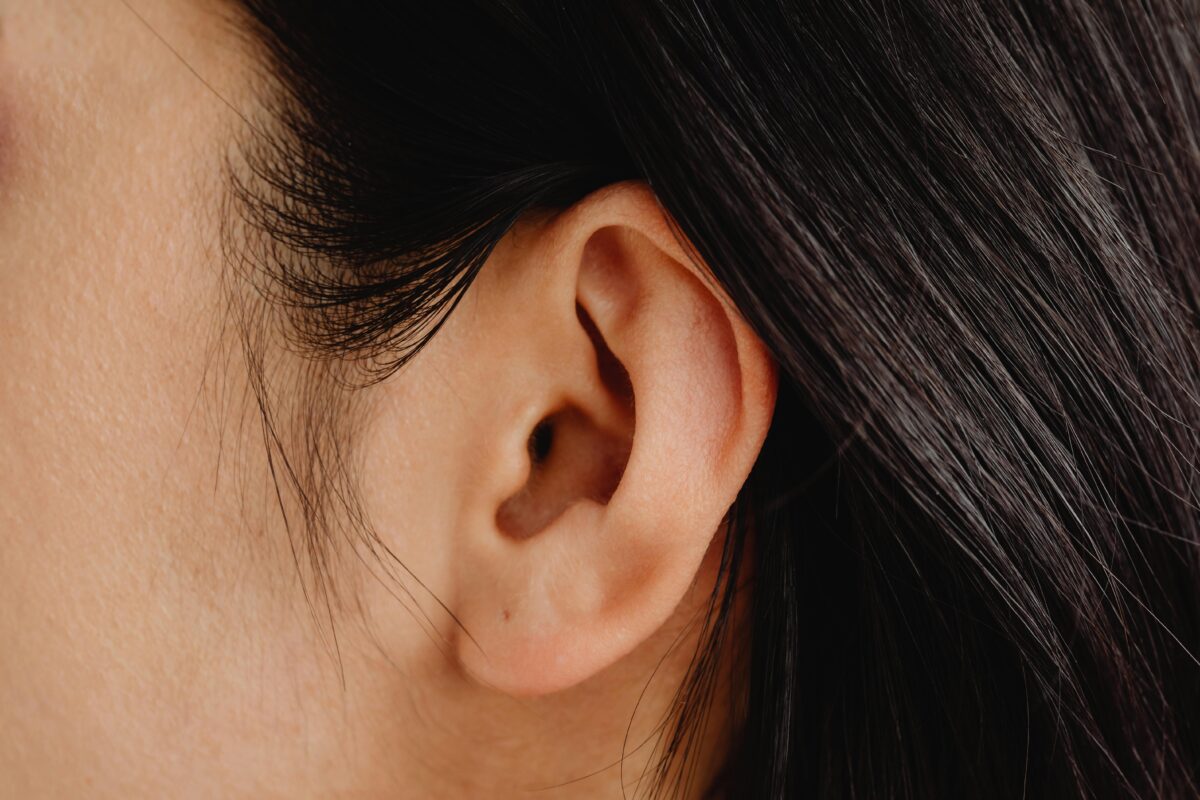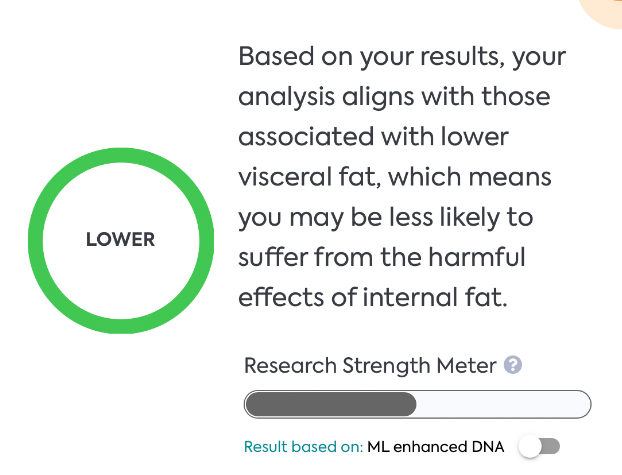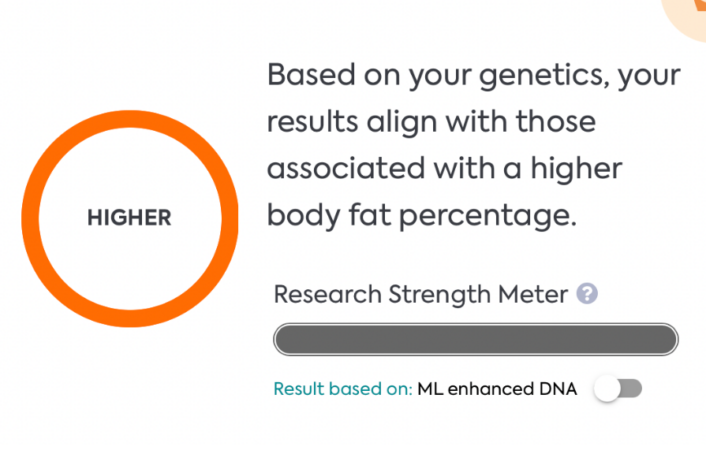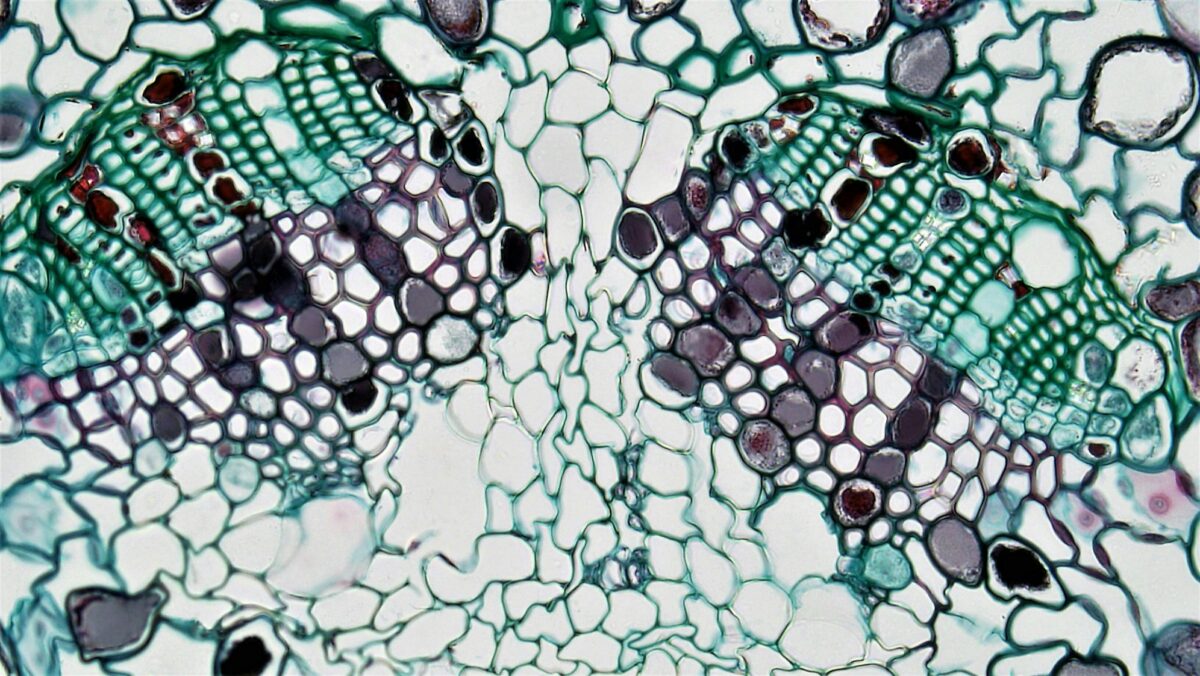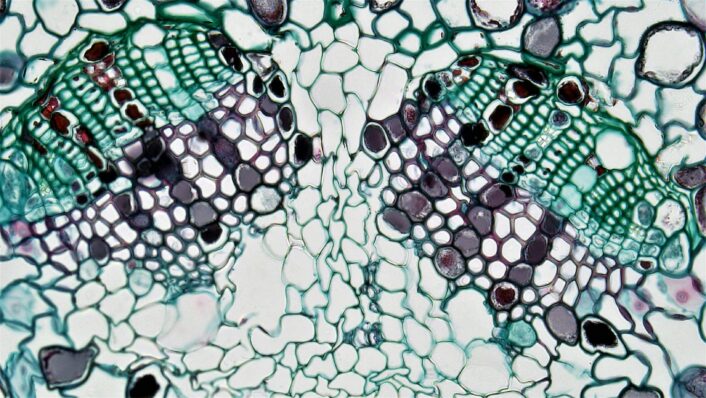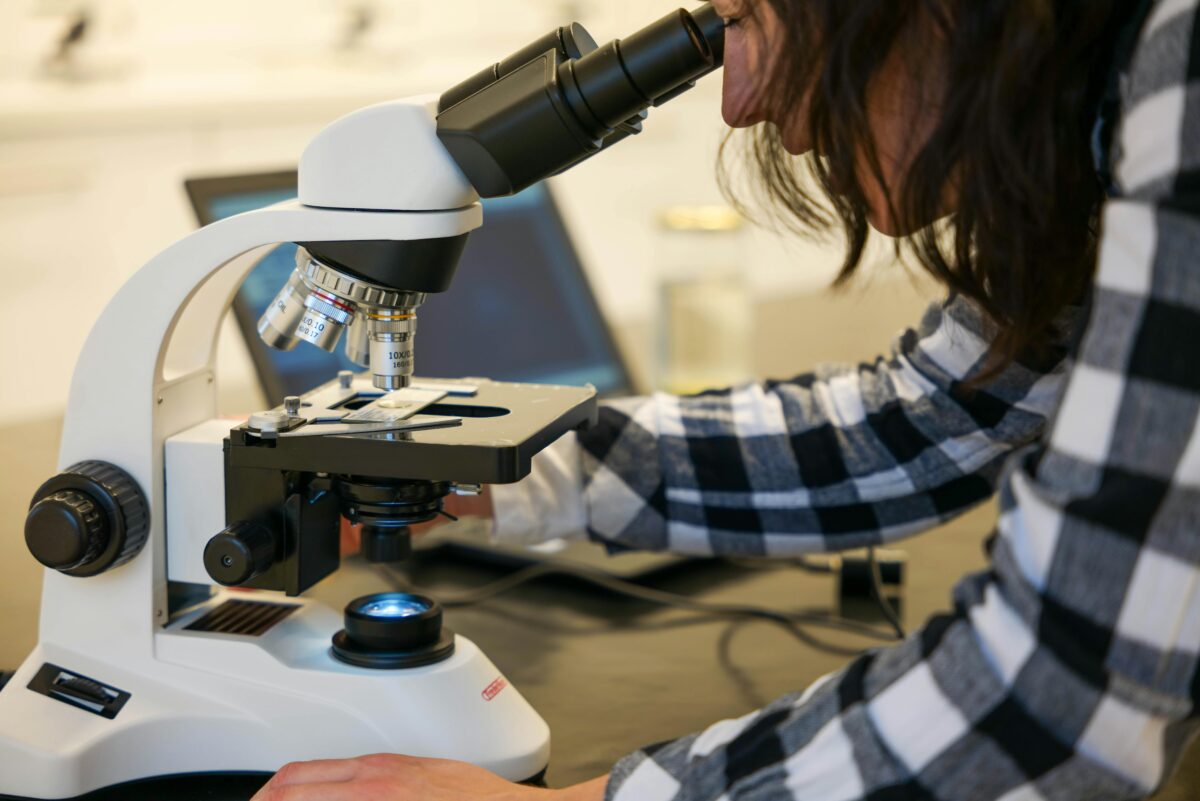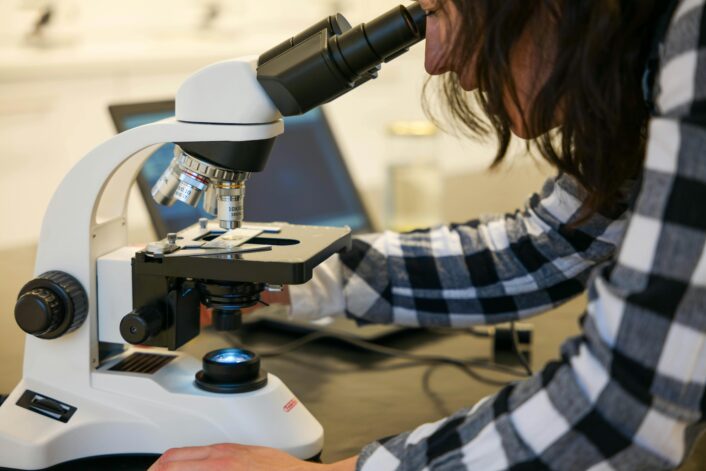The Genetics of Back Pain
harvey
on
April 5, 2024
Latest Posts
Table of Contents
The Genetics of Back Pain
Date of Content: March 10, 2024
Written by: Harvey Talento
Reviewed by: Maarit Tiirikainen, PhD
Back pain is a common culprit that disrupts our days and disrupts our sleep. Whether it’s a dull throb or a sharp shooting pain, it can leave us reaching for the nearest pain reliever. But before popping a pill, some steps can be taken to address back pain and prevent it from coming back.

Understanding Back Pain
Back pain can arise from various sources, from muscle strain to injury to underlying medical conditions. Knowing the cause is key to finding relief. Here are some common culprits:
- Poor posture: Slouching at the desk or hunching over the phone can put undue stress on the spine.
- Inactivity: Our bodies crave movement! Sitting for long periods can tighten muscles and lead to stiffness.
- Improper lifting: Bending at the waist instead of the knees is a recipe for back trouble.
- Stress: Physical and emotional tension can manifest in back pain.
How Back Pain Can Affect Daily Life
Back pain can turn the simplest tasks into challenges, impacting daily life in several ways:
- Limited Mobility: Bending, twisting, reaching, and even standing for extended periods can become difficult or painful with back trouble. This can make everyday activities like housework, yard work, or even getting dressed a struggle.
- Sleep Disruption: Pain can make it hard to find a comfortable sleeping position, leading to restless nights and fatigue. Poor sleep can worsen pain and make it harder to cope with daily activities.
- Impact on Work: Sitting at a desk all day can aggravate back pain, and physical jobs can become impossible with certain back pain. This can affect productivity and even lead to job loss in severe cases.
- Social Life Limitations: Back pain can make it difficult to participate in enjoyable activities, from playing sports to going out with friends and family. This can lead to feelings of isolation and decreased social interaction.
- Emotional Toll: Chronic pain can be frustrating and depressing. It can affect mood, energy levels, and overall well-being.
The severity of these impacts depends on the intensity and type of back pain. However, even minor back pain can disrupt daily routine and make it harder to enjoy life to the fullest.
How Genetics May Influence Back Pain
Genetics plays a surprising role in back pain susceptibility. While not the sole determinant, certain genes can influence your risk of developing back problems.
SOX5 Gene
In a 2018 chronic back pain (CBP) study, the gene SOX5 emerged as a significant factor. The variant rs12310519 within SOX5 showed genome-wide significance. This association was confirmed in additional UK Biobank participants. The protein encoded by SOX5 is thought to play a role in chondrogenesis, a dynamic cellular process that leads to the establishment of various types of cartilage, including hyaline, fibrous, and elastic cartilage. A joint meta-analysis confirmed SOX5’s role in CBP, suggesting its importance in understanding and potentially treating this condition.
CCDC26 and GSDMC Genes
An intergenic variant, rs7833174, between genes CCDC26 and GSDMC, showed a significant association with CBP in joint meta-analysis. This finding highlights the genetic contribution of the CCDC26/GSDMC region to back pain, suggesting avenues for further research and potential therapeutic targets.
DCC Gene
The intronic variant rs4384683 within DCC displayed suggestive association in the discovery sample and achieved genome-wide significance in a joint meta-analysis. This gene encodes a Netrin 1 receptor which has a role in neuronal axon guidance. The discovered role of DCC in CBP development offers insights into the molecular and physical mechanisms and potential therapeutic avenues for back pain management.
SPOCK2 and CHST3 Genes
In a 2019 study that involved a comprehensive analysis of over 500,000 individuals, one of the key findings was the identification of a novel genetic locus associated with back pain (BP) involving the SPOCK2 and CHST3 genes. Through genome-wide association study (GWAS) analyses, this locus showed significant association with BP and was successfully replicated across cohorts. This discovery underscores the importance of genetic variations within the SPOCK2/CHST3 region in influencing susceptibility to BP. SPOCK2 encodes a protein that binds with glycosaminoglycans to form part of the extracellular matrix whereas CHST3 encodes an enzyme that catalyzes the sulfation of chondroitin, a proteoglycan found in the extracellular matrix and most cells with a role in cell migration and differentiation. Further investigation into the specific mechanisms by which these genes contribute to BP pathogenesis may yield valuable insights into potential therapeutic targets for managing this debilitating condition.
Non-Genetic Factors Influencing Back Pain
Understanding the factors contributing to back pain is essential for effective management and prevention. Several key factors play a significant role in developing and exacerbating back pain:
Physical Demands
Both at home and in the workplace, physical demands such as heavy lifting, repetitive movements, and poor posture can strain the back muscles and contribute to pain and discomfort.
Ergonomics
Improper ergonomics, including poorly designed workstations and inadequate seating, can lead to poor posture and increased stress on the spine, exacerbating back pain over time.
Weight Management
Excess weight puts additional strain on the spine and surrounding muscles, increasing the risk of developing back pain and exacerbating existing conditions.
Temperature Control
Cold and damp environments can cause muscle stiffness and exacerbate existing back pain, highlighting the importance of maintaining a comfortable temperature in both living and working spaces.
Smoking
Smoking reduces blood flow to the spine, hindering the body’s ability to repair and maintain healthy spinal tissues, thus increasing the risk of back pain and impeding recovery from existing conditions.
Combating Back Pain Naturally
The good news is that many back pain solutions don’t involve medication. Here are some natural approaches to consider:
- Exercise: Regular physical activity strengthens core muscles that support your spine. Try walking, swimming, or low-impact aerobics.
- Stretching: Gentle stretches can improve flexibility and reduce muscle tightness. Focus on your hamstrings, glutes, and lower back.
- Ergonomics: Make sure your workspace is set up for comfort. Invest in a supportive chair and adjust your monitor height to maintain good posture.
- Mind-body practices: Techniques like yoga and tai chi can promote relaxation and improve core strength, which can both ease back pain.
When to See a Doctor
While back pain is common, there are situations where seeking professional help is crucial. If your pain is severe, persistent, or accompanied by other symptoms like numbness, weakness, or fever, consult a doctor to rule out any underlying conditions.
About the LifeDNA Wellness Report
Understanding even complex factors like those affecting Back Pain becomes pivotal as we navigate the intricate pathways of our wellness. Imagine having personalized insights into your unique genetic traits related to your well-being. This is where the LifeDNA Wellness Report steps in. Going beyond generic advice, this tool provides tailored recommendations based on your unique genetic code, offering a holistic perspective on your well-being. By unlocking your genetic insights, you can take proactive steps towards a brighter, more informed lifestyle with the LifeDNA Wellness Report. Get it today!
Summary
- Back pain stems from various causes, including poor posture, inactivity, improper lifting, and stress, necessitating the identification of the source for effective relief.
- Back pain disrupts mobility, sleep, work productivity, social activities, and emotional well-being, impacting various aspects of daily life.
- Genetic factors, such as the SOX5, CCDC26/GSDMC, DCC, and SPOCK2/CHST3 genes, contribute to susceptibility to chronic back pain, offering insights into potential therapeutic targets.
- Physical demands, ergonomics, weight management, temperature control, and smoking are non-genetic factors that influence the development and exacerbation of back pain.
- Natural approaches to alleviate back pain include exercise, stretching, ergonomic adjustments, and mind-body practices like yoga and tai chi, offering medication-free solutions.
- Seeking medical attention is necessary if back pain is severe, persistent, or accompanied by symptoms like numbness, weakness, or fever to rule out underlying conditions.
References
- https://my.clevelandclinic.org/health/diseases/22325-back-pain
- https://www.ncbi.nlm.nih.gov/pmc/articles/PMC8595117/
- https://www.ncbi.nlm.nih.gov/pmc/articles/PMC6879497/#:~:text=Chronic%20pain%20is%20highly%20comorbid,thresholds%20and%20increases%20spontaneous%20pain.
- https://pubmed.ncbi.nlm.nih.gov/9794341/
- https://www.ncbi.nlm.nih.gov/pmc/articles/PMC5914385/
- https://journals.plos.org/plosgenetics/article?id=10.1371/journal.pgen.1007601
- https://journals.lww.com/pain/abstract/2019/06000/insight_into_the_genetic_architecture_of_back_pain.12.aspx
- https://www.ncbi.nlm.nih.gov/pmc/articles/PMC8053459/
- https://www.ncbi.nlm.nih.gov/pmc/articles/PMC4934575/
Customer Reviews




*Understanding your genetics can offer valuable insights into your well-being, but it is not deterministic. Your traits can be influenced by the complex interplay involving nature, lifestyle, family history, and others.
Our reports and suggestions do not diagnose or treat any health conditions or provide any medical advice. Consult with a healthcare professional before making any major lifestyle changes or if you have any other concerns about your results.





